Selby Abbey
PILGRIMAGE UK: HOLY PLACES

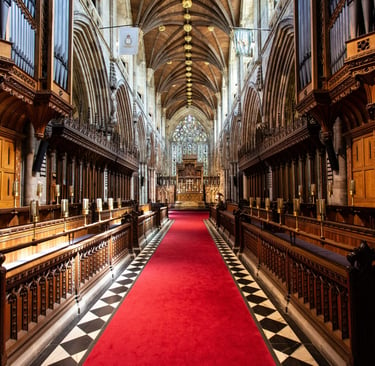
Selby Abbey rises majestically in the heart of North Yorkshire, a monumental structure that has served as a beacon of prayer, history, and community for over nine centuries. As one approaches this magnificent abbey, it becomes apparent that its very walls speak a language beyond words—a language of faith, resilience, and divine beauty. Once a thriving Benedictine monastery and now an active Anglican parish church, Selby Abbey stands as a living testament to the transformative power of sacred architecture, intertwining the triumphs and trials of history with the eternal call of the divine.
The origins of Selby Abbey date back to 1069, when a visionary monk, Benedict of Auxerre, was purportedly guided by a dream to establish a new religious house in England. Supported by the influential de Lacy family, the abbey was founded as a centre of monastic life and spiritual reflection, soon ascending to a place of considerable importance in the shifting religious landscape of medieval England. Over the centuries, the abbey evolved through periods of splendour, reform and even dissolution during the turbulent times of Henry VIII’s break with Rome. Yet, despite these challenges, it has endured, its legacy refined and preserved through restoration and the steadfast devotion of countless generations.
A walk through Selby Abbey is akin to a pilgrimage across the ages. The building itself is a harmonious blend of Romanesque robustness and Gothic elegance. Its magnificent West Front, with intricately carved stonework and soaring pointed arches, immediately commands awe and respect. Inside, the nave opens into an expansive space where light and shadow engage in a silent, graceful dialogue. The design and construction of the abbey, from its massive columns to its delicate tracery in the stained glass windows, speak of an era when every architectural detail was conceived as a direct expression of divine truth. As theologians such as Hans Urs von Balthasar have observed, sacred architecture is not merely utilitarian; it is an aesthetic language through which the human spirit may encounter transcendent reality.
There is a palpable sense of continuity within Selby Abbey. Every chisel mark on the ancient stone and every carefully restored panel of medieval artwork carries with it the weight of centuries of worship and devotion. The abbey has witnessed the fervour of monastic life, the glories of royal patronage, and the vicissitudes of reform and restoration. Even the turbulent epoch of the Dissolution of the Monasteries could not erase the deep imprint that Selby Abbey had left upon its community and upon the landscape of English Christianity. Restored with sensitivity in later centuries, it now serves as both a reminder of a storied past and a vibrant space for contemporary liturgical life.
Walking through the cloisters and along the tranquil corridors of Selby Abbey, one feels enveloped by an atmosphere that is at once solemn and uplifting. The interplay of natural light through the massive stained glass windows creates a kaleidoscope of colours that dances upon ancient stone, echoing the eternal message of Psalm 19:1: “The heavens declare the glory of God.” In such moments, it is as though the built environment itself becomes a living sermon; the interplay of craftsmanship and faith, of shadow and illumination, invites the visitor to pause and contemplate the mysteries of the divine.
The abbey’s architectural splendour is matched only by its role as a repository of community and liturgical practise. Once the hub of vibrant monastic life, Selby Abbey has long been a site where generations of believers have gathered to celebrate the sacraments, to offer intercessions, and to find solace in the communion of prayer. Its wide, open nave has hosted countless weddings, baptisms, and services that mark the significant moments of life. Today, alongside its religious functions, the abbey also plays a vital role as a cultural centre. Concerts, exhibitions, and tours invite a broader audience to experience not only the spiritual but also the historical and artistic dimensions of this venerable edifice.
The sense of sacred space at Selby Abbey extends beyond its walls. Its very location—a short distance from the historic towns of York and Doncaster, and yet set apart in a landscape rich with pastoral beauty—reinforces a feeling that this is a place set apart from the ordinary. The surrounding fields and quiet lanes invite gentle contemplation, allowing visitors a momentary retreat from the bustle of modern life. In this way, the abbey mirrors the timeless journey of the pilgrim who seeks to leave behind the transient concerns of the world and step into a realm where the presence of God can be truly felt.
Many who visit Selby Abbey remark upon the way its enduring architecture invites reflection on both personal and communal scales. Every stone, every carved window, holds a story not only of religious triumphs and historical challenges but of the unwavering human quest for meaning and transcendence. Through the centuries, the abbey has been a witness to the tensions between earthly impermanence and eternal hope—a conversation echoed in the quiet prayers of long-gone monks and the hushed reverence of modern congregants alike. This sacred dialogue, expressed through the medium of stone and art, challenges each visitor to consider the lasting nature of faith even when tangible forms may crumble.
The theological significance of Selby Abbey is continually echoed by scholars who recognise that sacred spaces do more than provide physical shelter—they nurture the spirit and ignite the mind. The deliberate proportionality, the majestic scale and the subtle interplay of light and dark are all designed to inspire awe and reverence. These architectural choices resonate with ancient beliefs about beauty and the divine, affirming that the act of constructing a sacred space is itself an expression of worship. In this regard, Selby Abbey transcends its function as merely a building; it stands as a declaration of the Church’s enduring mission to bridge the gap between the temporal and the eternal.
For many, a visit to Selby Abbey becomes a transformative journey—a personal pilgrimage where the past and present coalesce. As the visitor stands beneath the vaulted ceilings and contemplates the intricate stone carvings that have withstood centuries of change, there is an overwhelming sense of being part of an unbroken chain of faith. It is a quiet revelation that the spirit of those who came before continues to inspire and guide, providing comfort in the certainty that the divine presence endures beyond the temporal struggles of life.
In reflecting upon Selby Abbey, one witnesses a profound interplay of history, artistry, and sacred devotion. The abbey serves as both a monument to the brilliant achievements of medieval craftsmanship and a perennial sanctuary where the human spirit can find refuge. Its evolution—from a modest foundation in the wake of a visionary monk’s dream, through the eras of monastic splendour and eventual restoration—exemplifies the resilience of faith and the transformative power of sacred architecture. The subtle beauty of its stained glass, the solemn grandeur of its nave, and the timeless inlays of its stone, all conspire to kindle a light within the heart—a light that has shone for over nine hundred years.
Ultimately, Selby Abbey stands not simply as a relic of the past, but as a vibrant testament to the enduring power of faith. It is a space where history and modernity meet, where the legacies of ancient monastic communities and the quiet prayers of the present day merge into a singular, transcendent experience. For those who journey to this majestic abbey, every step taken along its ancient corridors is a reminder that the call to worship is as eternal as the stone and as unfathomable as the divine mystery it so boldly declares. Whether attending a service, admiring the intricate carvings, or simply absorbing the serene ambience, visitors leave with a deeper appreciation for the delicate balance between the human endeavour and the eternal truth of God’s grace.
Selby Abbey: A Testament to Sacred Architecture and Enduring Faith
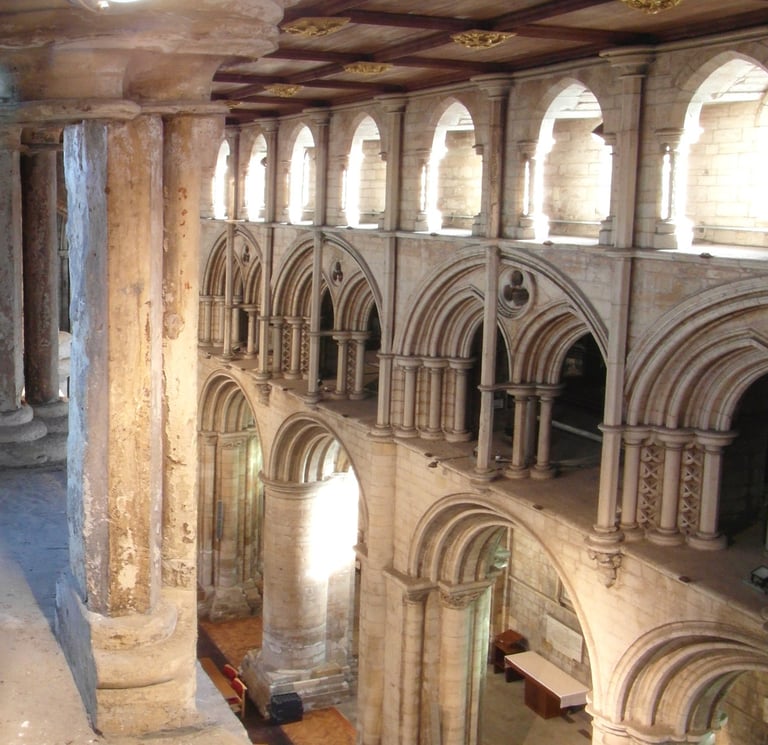

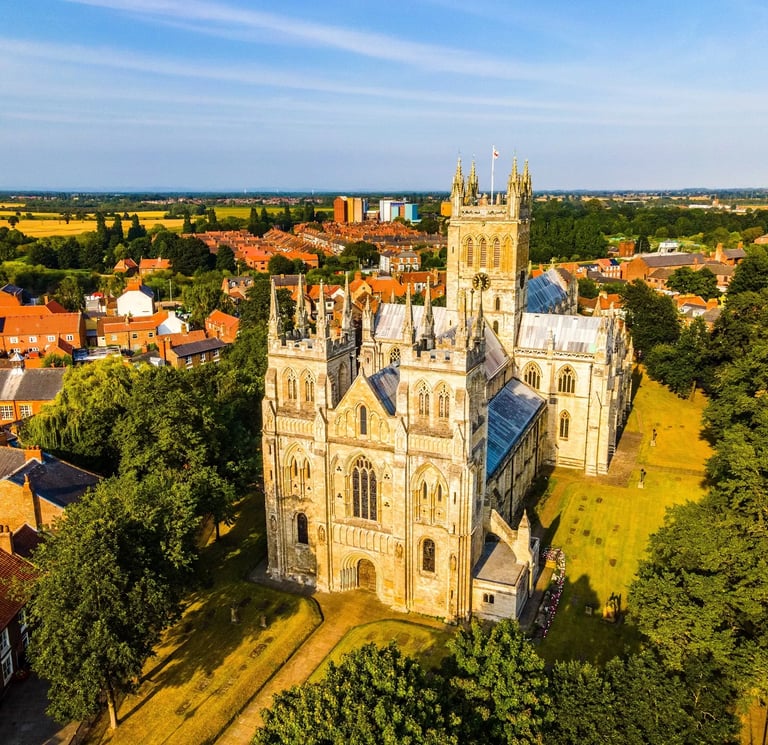

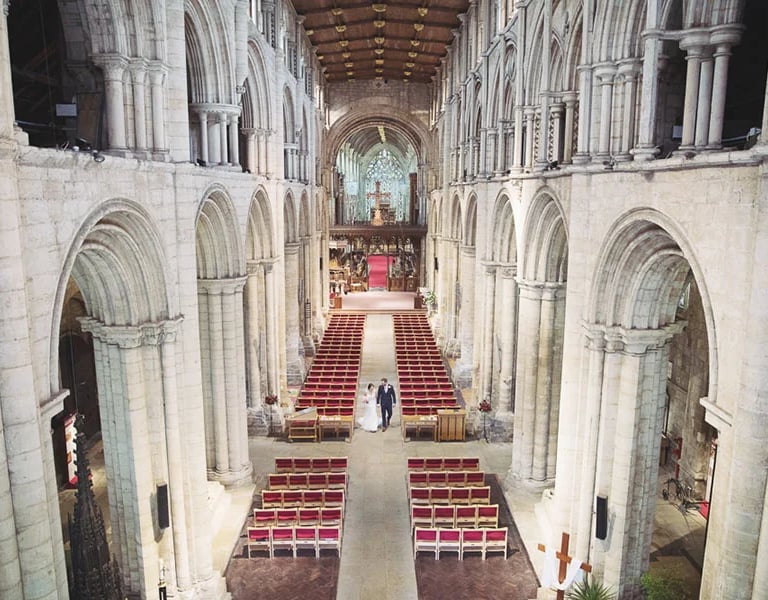

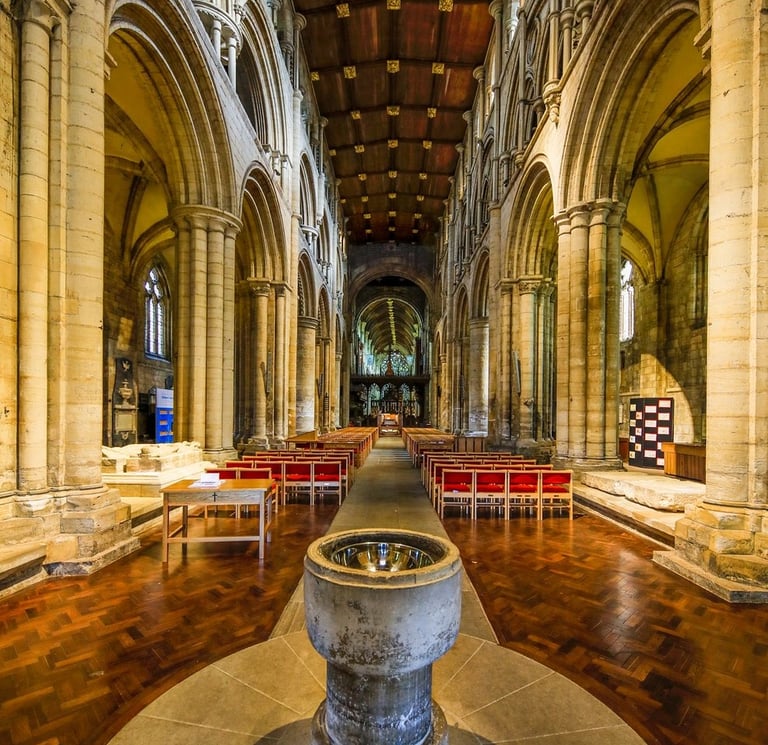

Ancient Apostolic Catholic Church
Embracing faith, inclusion, and compassionate service together.
ST THOMAS AQUINAS SEMINARY
© 2025. All rights reserved
QUICK LINKS
